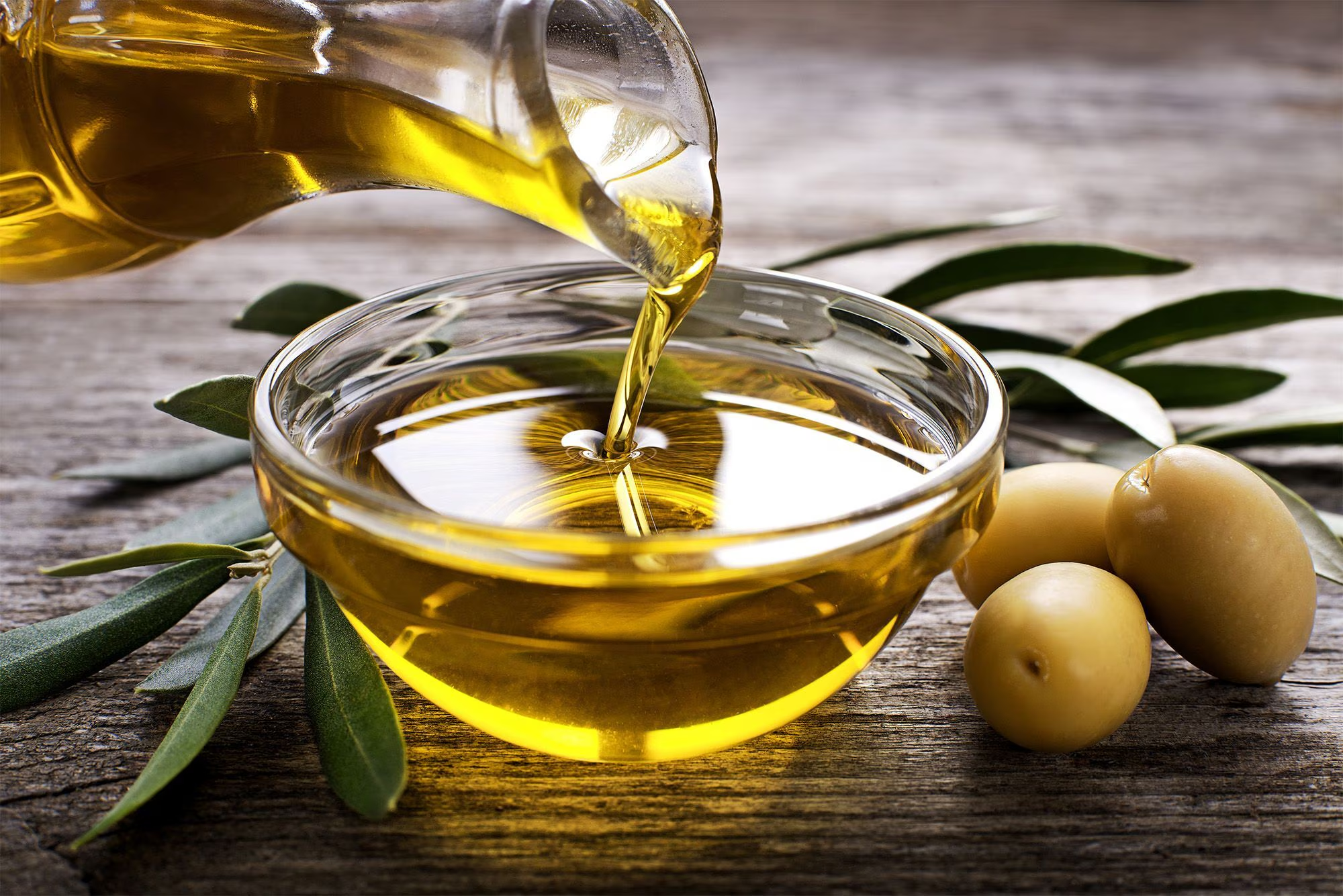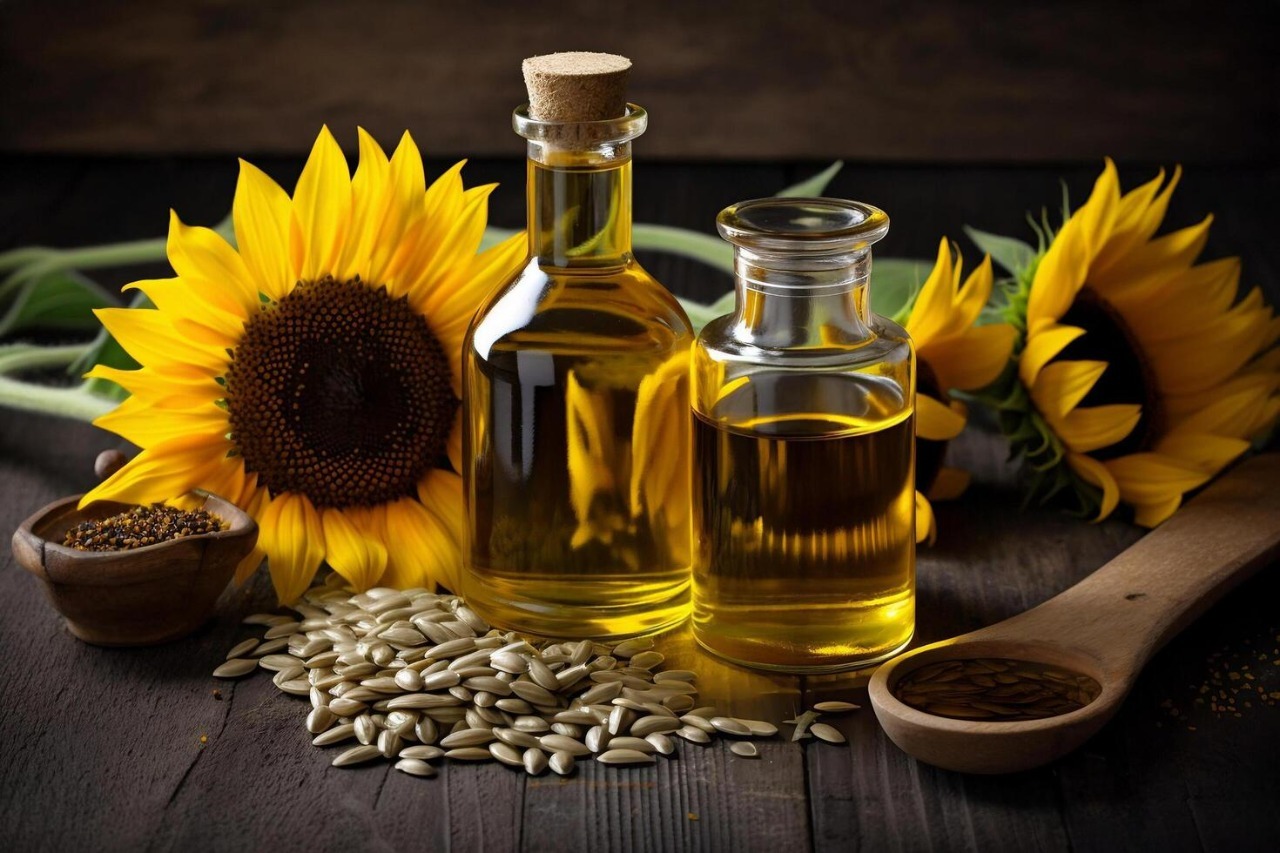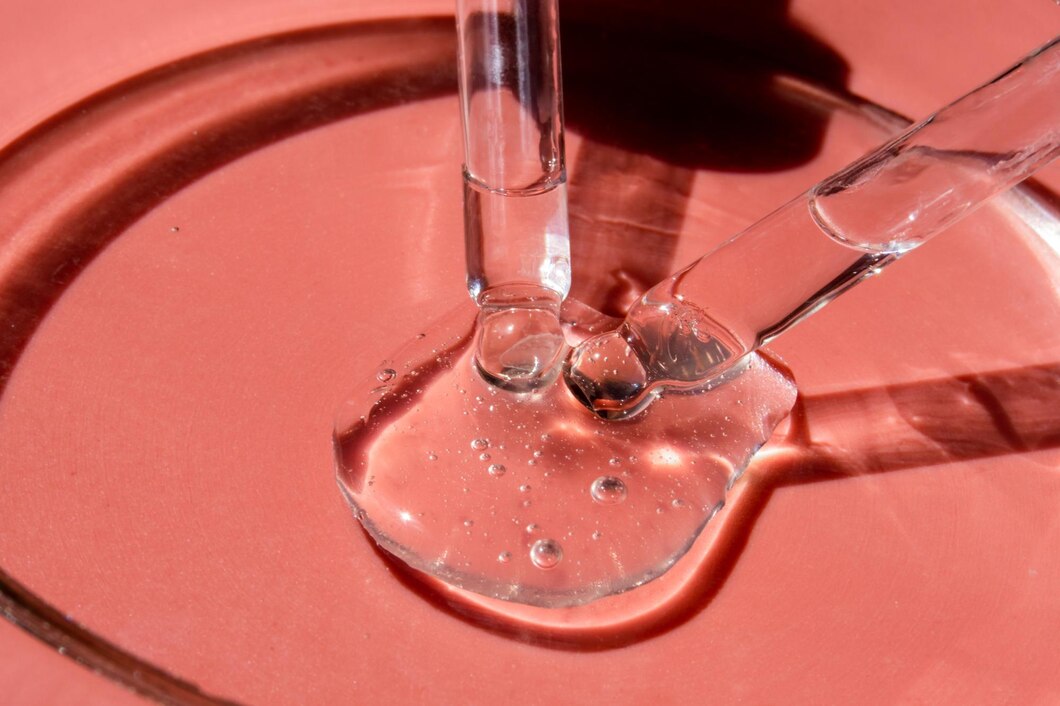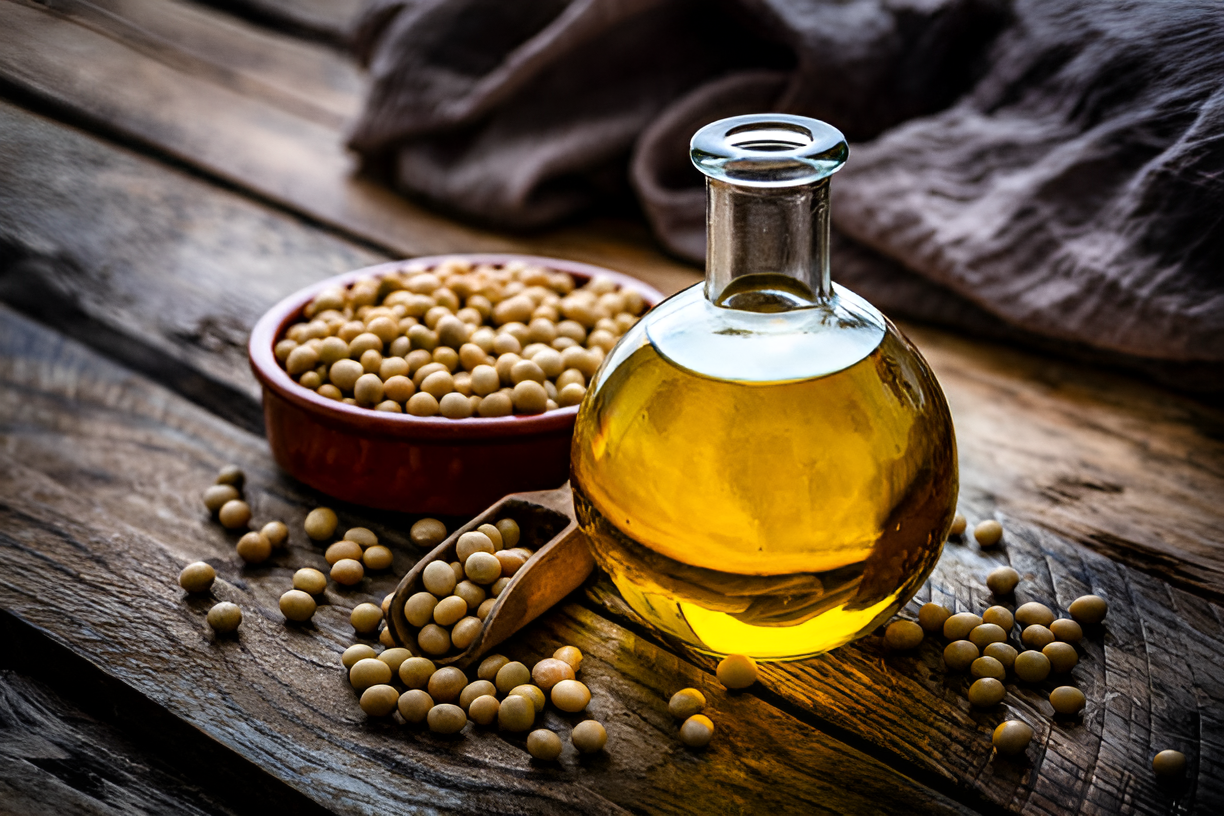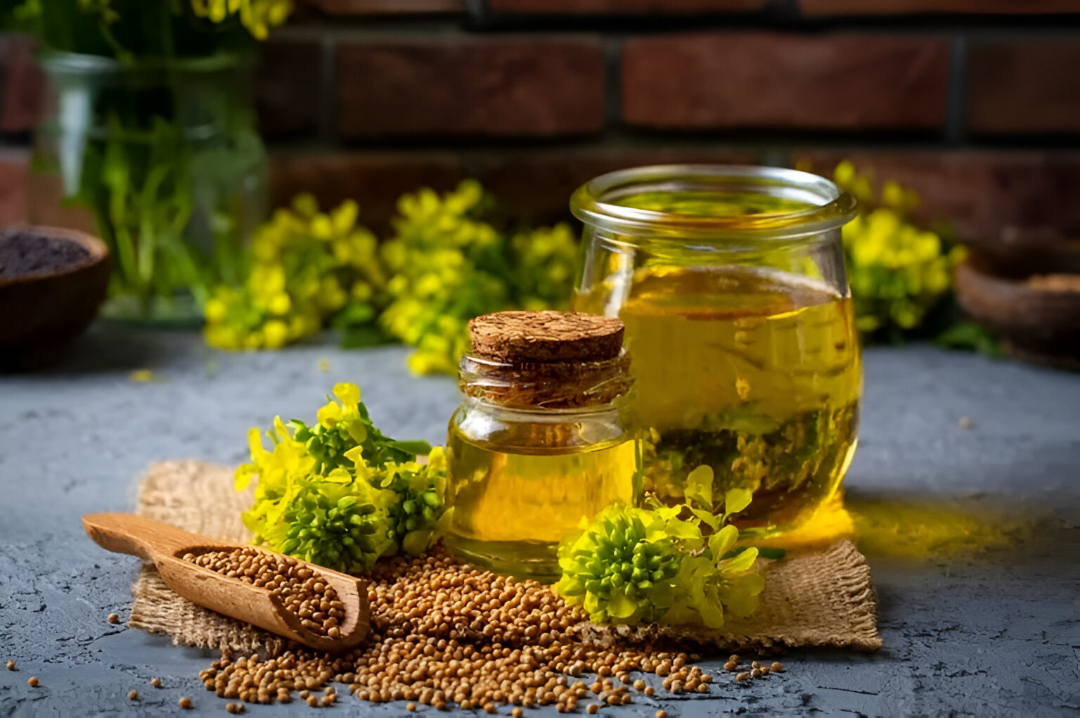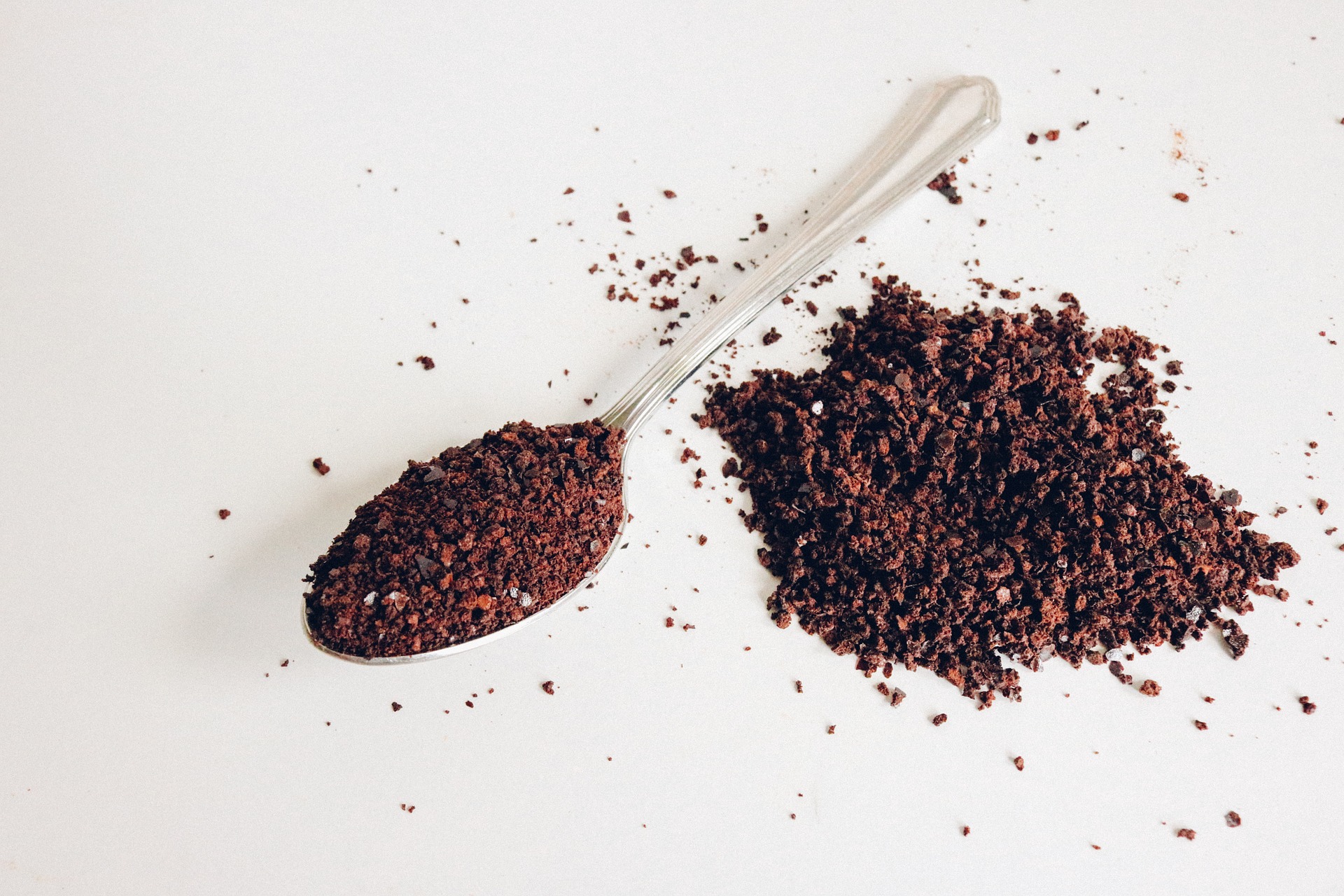Dry condensing vacuum system for food industry
Optimize energy consumption and wastewater disposal in your production line with a dry condensing vacuum system designed for high-efficiency separation and deodorization processes.
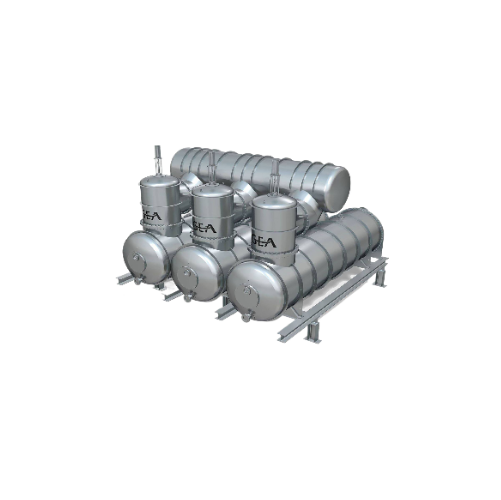
Condenses Vapors and Dehydrates Efficiently
The cryogenically driven dry condensing vacuum system from GEA is engineered for efficient vapor removal in the edible oil and chemical industries. This system stands out with its use of de-sublimation, where vapors condense directly into ice, drastically reducing water and energy consumption by up to 90% compared to traditional systems. It operates seamlessly at the 1–3 mbar pressure ideal for processes such as deodorization, distillation, and freeze drying, making it suitable for products like sunflower and palm oil, oleic acid, and freeze-dried coffee. The system supports continuous operation with high automation, featuring a robust three-condenser configuration to ensure reliable vacuum maintenance. With its ability to be retrofitted into existing lines or assembled into new installations, it accommodates a range of industrial needs. GEA includes comprehensive support services, ensuring optimized performance and longevity.
Benefits
- Achieves significant cost savings by reducing energy use by up to 90% compared to traditional systems.
- Minimizes water waste, supporting sustainable operations with just 0.1% of the water usage.
- Ensures seamless integration with existing production lines, enhancing operational efficiency.
- Facilitates easier waste management with reduced wastewater volumes and pollutants.
- Provides rapid return on investment, typically within a three-year period.
- Applications
- Freeze-dried products, Glycerine, Edible oil, Fatty acids
- End products
- Palm oil, Stearic acid, Sunflower oil, Glycerol, Freeze-dried fruits, Freeze-dried vegetables, Freeze-dried coffee, Oleic acid, Soybean oil, Canola oil
- Steps before
- Heating, Steam Stripping
- Steps after
- Wastewater Disposal, Pollutant Separation, Glycerine Distillation, Fatty Acid Distillation, Fractionation, Freeze Drying
- Input ingredients
- vapor, water vapor, heated oil, steam, free fatty acids, volatile compounds
- Output ingredients
- ice, condensed water, separated pollutants
- Market info
- GEA is known for its expertise in engineering innovative and sustainable equipment and solutions, focusing on sectors such as food, beverages, pharmaceuticals, and energy, with a reputation for quality, efficiency, and advanced technological applications in industrial processing.
- Pressure
- 1–3 mbar
- Energy Consumption
- 10-20% of traditional systems
- Water Usage
- 0.1% of traditional systems
- Return on Investment
- Approximately 3 years
- Phase Change
- Vapor to Ice (De-sublimation)
- Material Phases at Pressure
- Vapor and Ice
- Working mechanism
- Ice condensing via de-sublimation
- Integrated steps
- Oil deodorization, vapor removal, ice formation
- Pressure range
- 1–3 mbar
- Water usage
- 0.1% of conventional systems
- Energy efficiency
- 10-20% of conventional systems
- Return on investment (ROI) period
- Approximately 3 years
- Automation level
- Typically integrated with process controls
- CIP/SIP
- Designed for easy cleaning post-deicing
- Cooling process
- Cryogenic
- Compact system design
- Horizontal three condenser format
- Trouble-free operation
- Reliable, continuous
- Density/particle size
- 0.5–2.5 g/cm³ / 50–1000 µm
- Discharge method
- Vapor to ice conversion
- Control panel type
- Advanced process valve for ice-building
- Integration possibilities
- New or retrofit installation
- Control system flexibility
- Adaptable to existing plant systems
- Condenser configuration
- Horizontal three condenser format
- Ice-building process valve
- Special process valve for homogeneous ice-building

